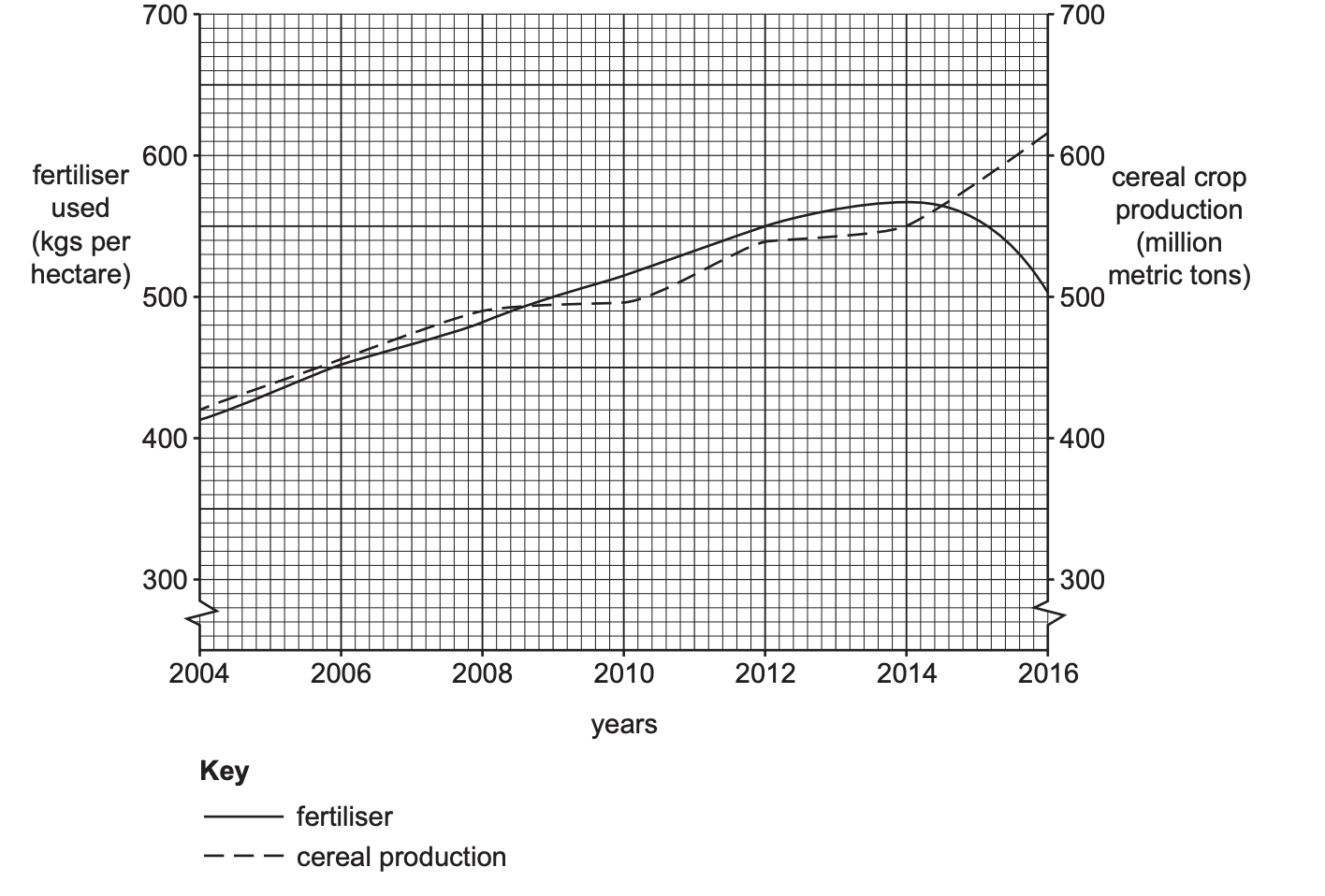Study Fig. 6.3, which shows recommendations which agricultural experts have given to subsistence farmers in areas such as the one shown in Fig. 6.1.
Recommendation 1 Build a covered, concrete-lined well close to the farm. |
Recommendation 2 Put electric fences around the fields of maize and millet. |
Recommendation 3 Use some of the land to graze a small herd of goats. |
Fig. 6.3
(i)
Explain how each of the three recommendations in Fig. 6.3 may increase the farmers’ food supply.
-Build a covered, concrete-lined well close to the farm
-Put electric fences around the fields of maize and millet
-Use some land to graze a small herd of goats
Did this page help you?



